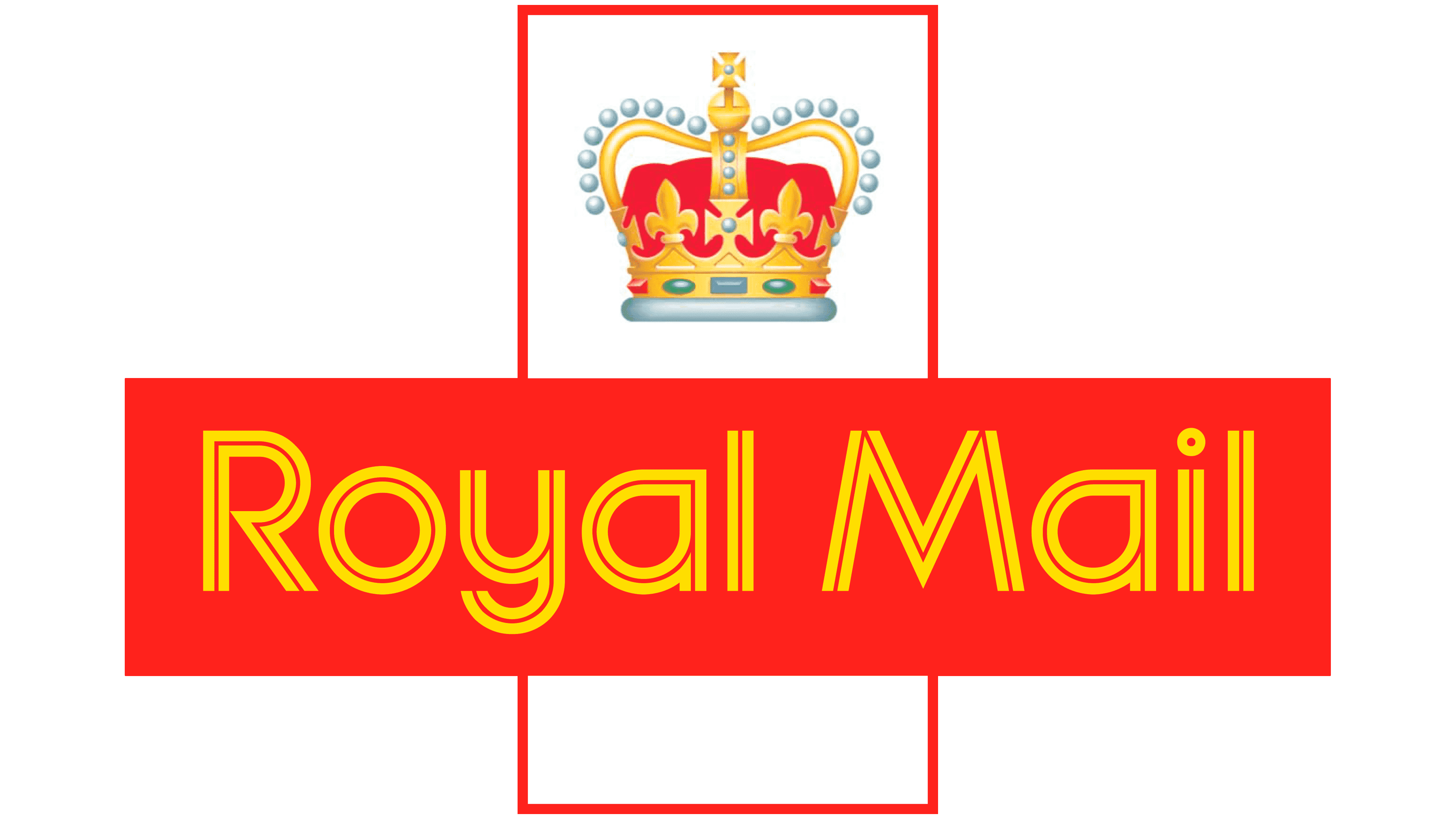Royal Mail Logo
Royal Mail, a historic British institution, primarily focuses on mail and parcel delivery services both domestically and internationally. As the UK’s primary postal service provider, its vast network covers urban and rural areas, ensuring efficient communication and package distribution. Besides the UK, Royal Mail has a significant presence in Europe through its subsidiary, GLS. While once wholly owned by the UK government, Royal Mail was privatized in 2013, and its shares are now traded on the London Stock Exchange, making it a public limited company with a diverse group of shareholders.
Meaning and history
Royal Mail traces its origins back to 1516, when Henry VIII established a “Master of the Posts,” laying the groundwork for the British postal system. In 1635, Charles I made postal services publicly available, and the system steadily expanded, with milestones like the introduction of the first postage stamp, the Penny Black, in 1840.
In the 20th century, the organization underwent significant changes. It was nationalized in 1946, becoming a part of the public sector. This move ensured that postal services were uniform across the UK, from bustling cities to remote villages. The company embraced innovation, introducing postal codes in the 1950s and 60s, which streamlined the sorting and delivery processes.
However, as the digital era approached, Royal Mail faced challenges, with email and instant messaging affecting traditional mail volumes. Recognizing the changing landscape, the company diversified, expanding into parcel delivery to capitalize on the e-commerce boom.
The pivotal change came in 2013, when the UK government privatized Royal Mail, selling 60% of its shares in an initial public offering on the London Stock Exchange. This move, although controversial, aimed to provide the capital needed for modernization and to help Royal Mail compete in a fast-evolving market.
Today, while Royal Mail remains the UK’s primary postal service provider, its ownership is split between private shareholders, institutional investors, and its employees. The company continues to adapt, balancing its rich history with the demands of a modern, digital world.
1974 – 1989
In 1974, a distinctive badge surfaced, showcasing a crimson rectangular backdrop highlighting three central components. Dominating the right side was the golden script “Royal Mail.” Positioned in the top-left quadrant was the crown of St. Edwards, representing monarchic authority. Directly beneath, the letters “EIIR” stood proudly. For those unfamiliar with the Royal Cypher’s significance, this might appear as a mere alphabetical arrangement. However, it’s an homage to Queen Elizabeth II. Historically, the company adorned its mailboxes with the current monarch’s initials. This time-honored custom gradually transitioned into their emblematic representations over the years.
1989 – 2001
As the 1980s drew to a close, a shift in branding emerged. The custodians of Royal Mail made a conscious choice to drop the ‘EIIR’ abbreviation, stemming from a title contention linked to the reigning queen. It was rooted in history: Elizabeth I held reign only over England, not extending her rule to Scotland. This exclusion sparked outrage among Scottish nationalists who asserted that the present Elizabeth should be recognized as the first. This led to acts of defiance, like vandalizing mailboxes featuring the “EIIR” initials.
The postal service’s designation was then realigned within an individual crimson rectangle set horizontally. This was juxtaposed against a stark white parallelogram bordered in red. Dominating the uppermost section was the regal crown, symbolizing its undying legacy.
2001 – 2002
For a brief spell, the firm adopted the name Consignia. Its emblem showcased this fresh title in a shade of azure. Accompanying the name were three unique crescent designs. These arcs, each distinctive in their hues, presented a palette of forest green, deep maroon, and a vibrant blue. The combination was a departure from tradition, aiming to encapsulate a renewed identity while still evoking a sense of trust and reliability in the services provided. This design was a blend of the contemporary with a nod to the company’s storied past, a visual representation of its evolving journey.
2002 – Today
In 2002, the company underwent a transformative rebranding that harkened back to its iconic roots. The Postal Service reintroduced its famed “Royal Mail” title and reverted to its emblematic dual-rectangle design, crowned by the classic symbol of royalty. This rendition closely mirrored the design identity that was prevalent from 1989 to 2001. It was a testament to the time-honored legacy of the brand, emphasizing the value of its heritage while adapting to contemporary needs. This nostalgic recall was an acknowledgment of the brand’s deeply rooted connection with its audience, highlighting its commitment to consistency and trustworthiness.















